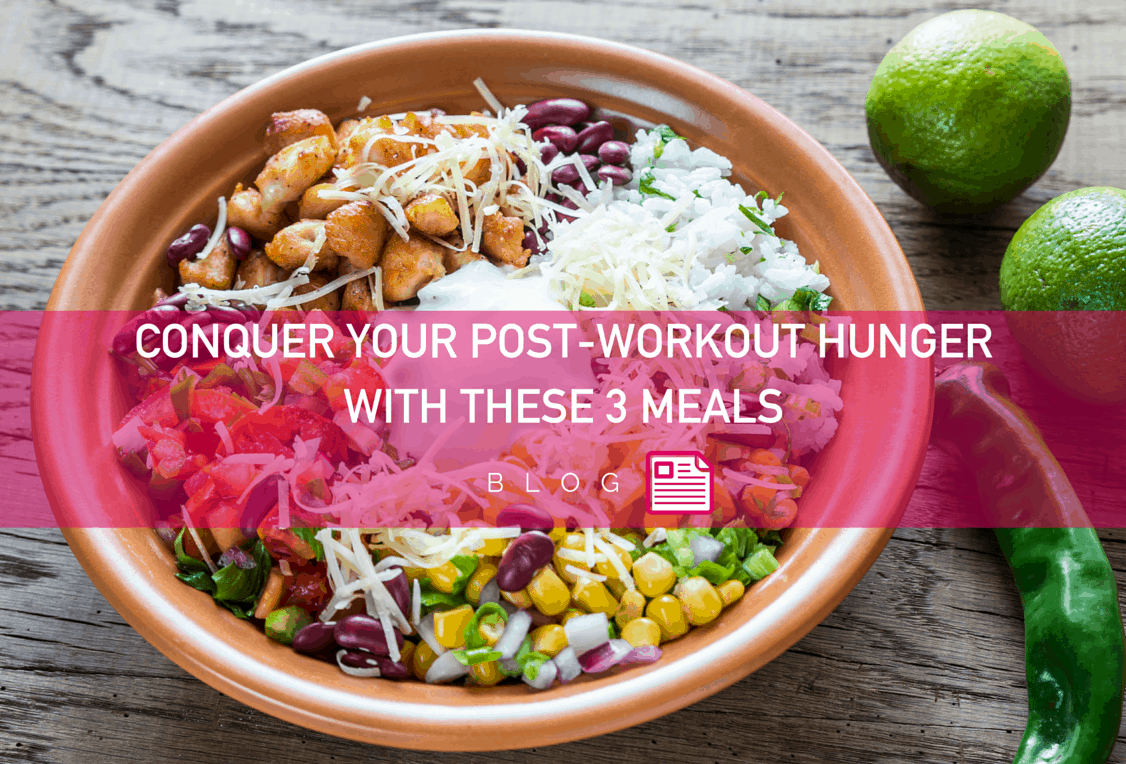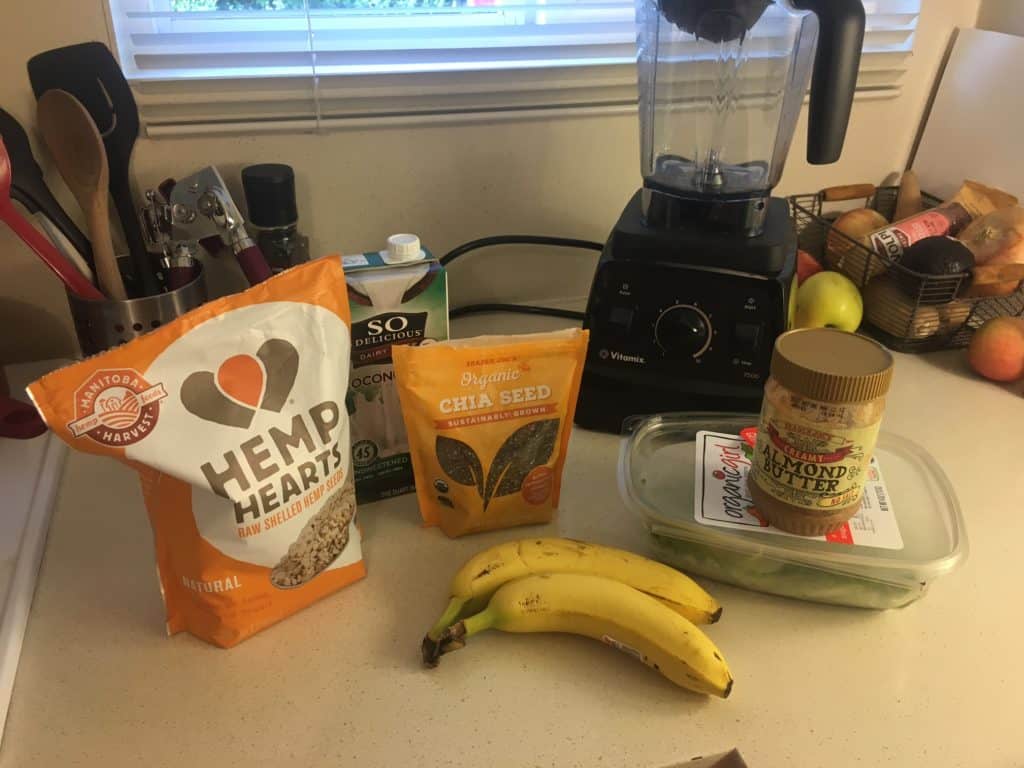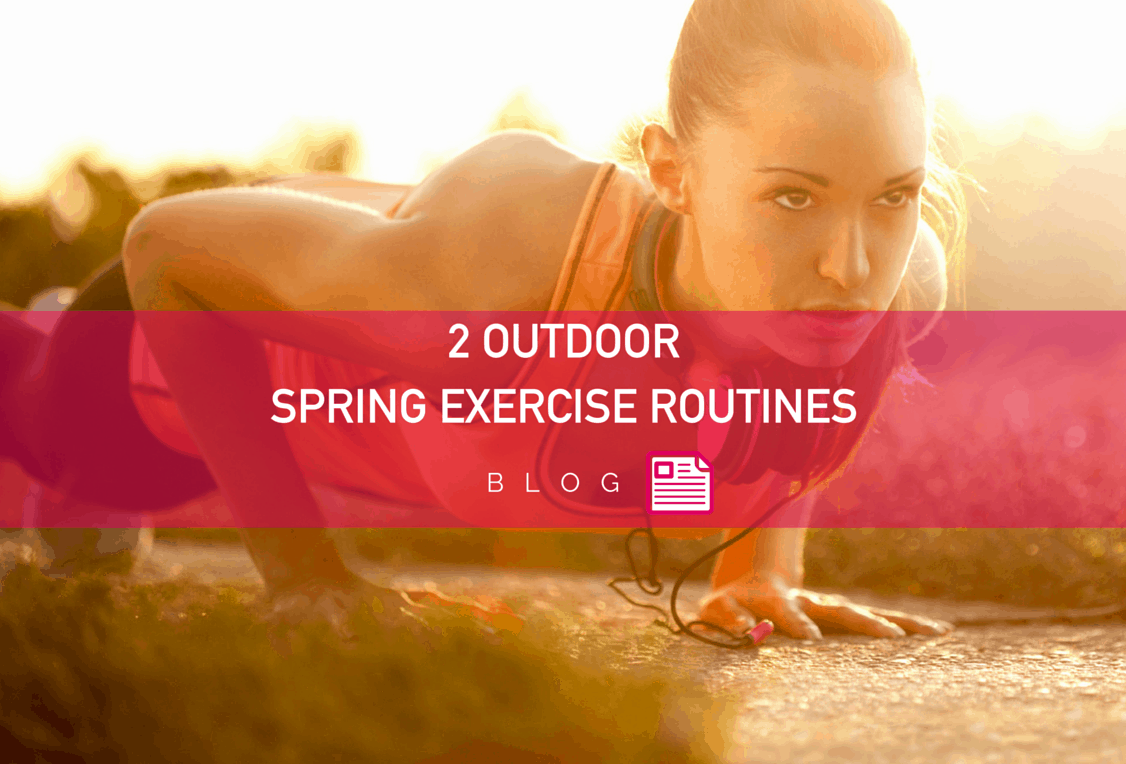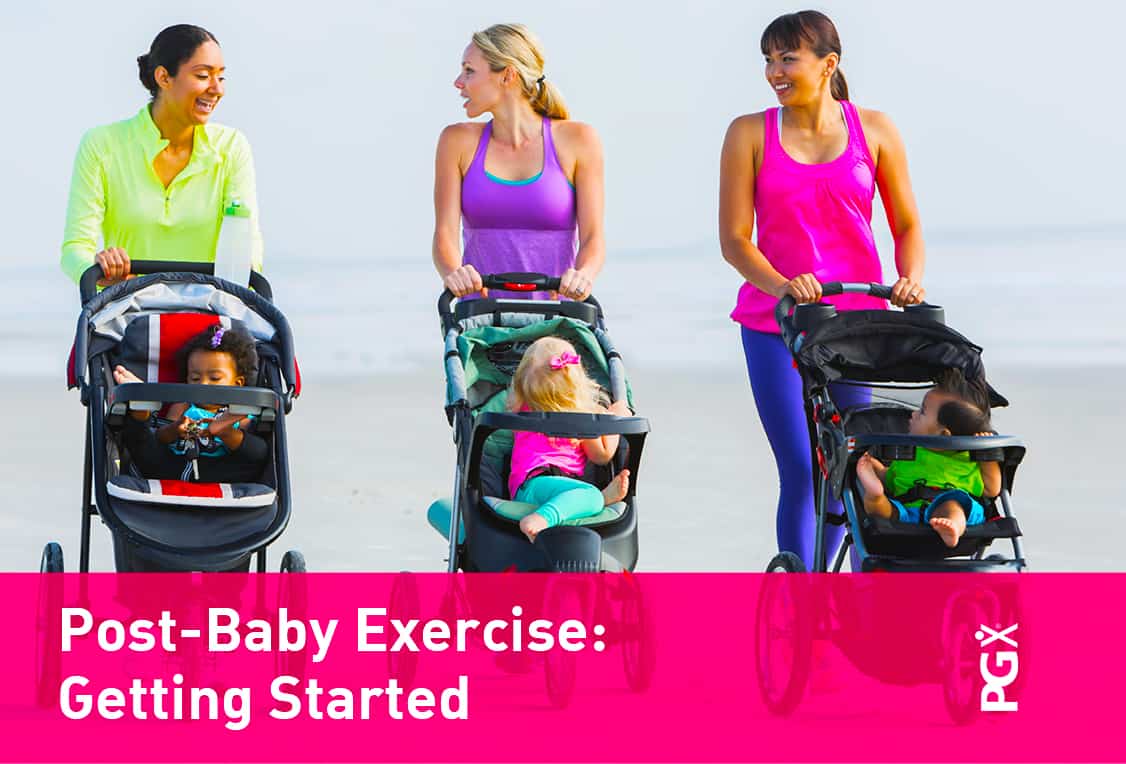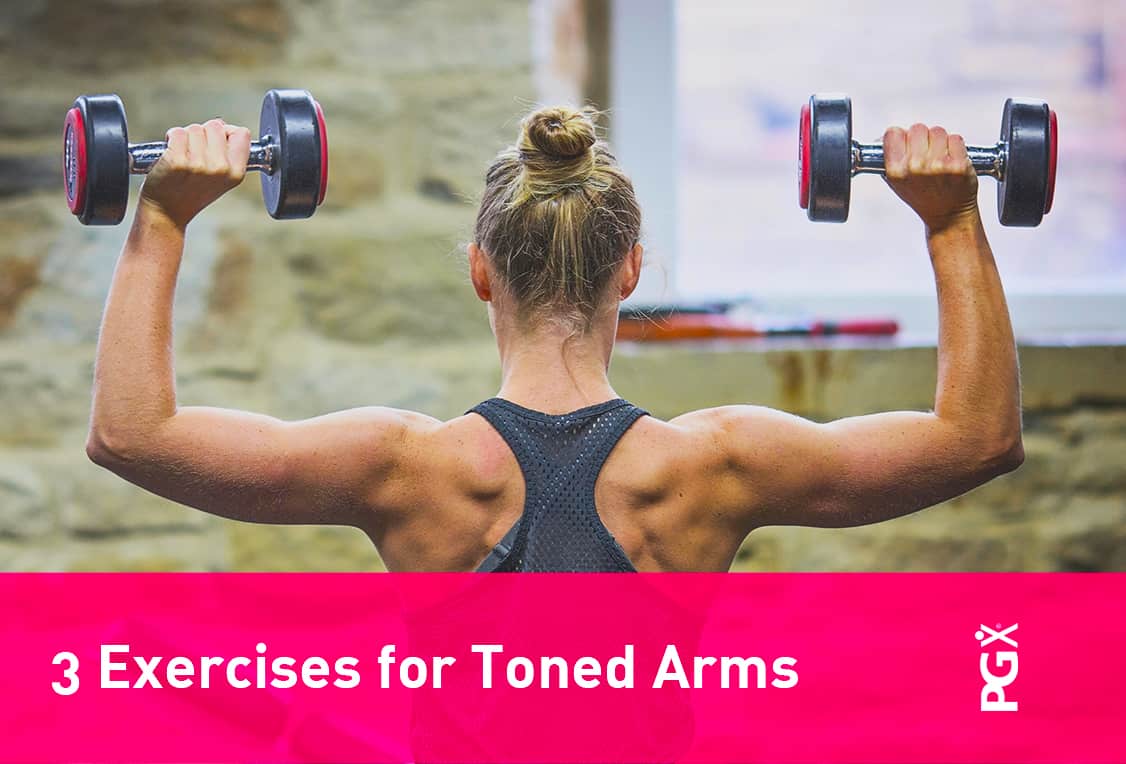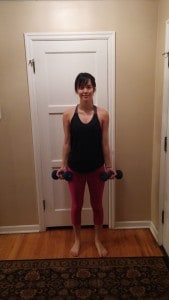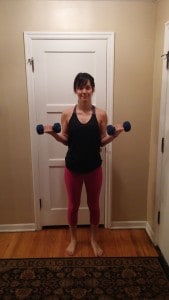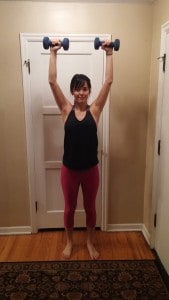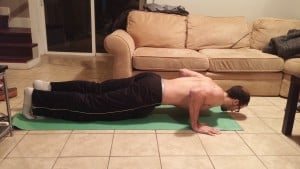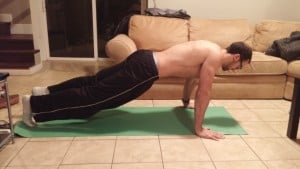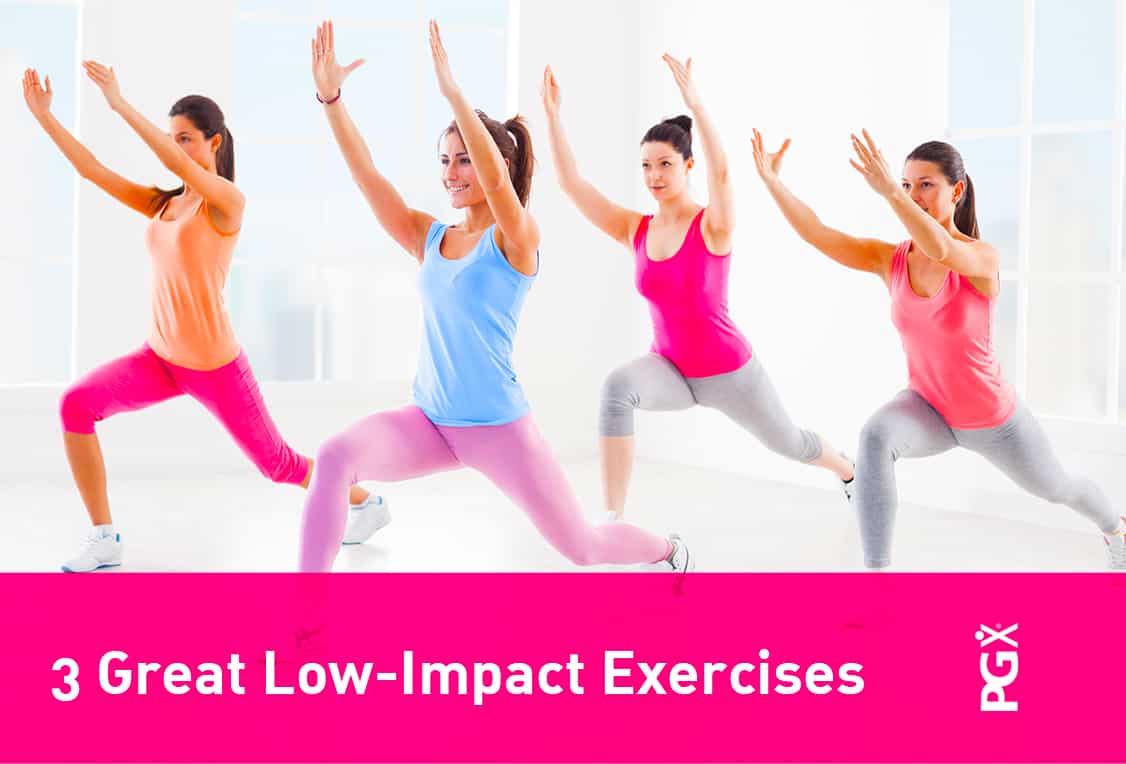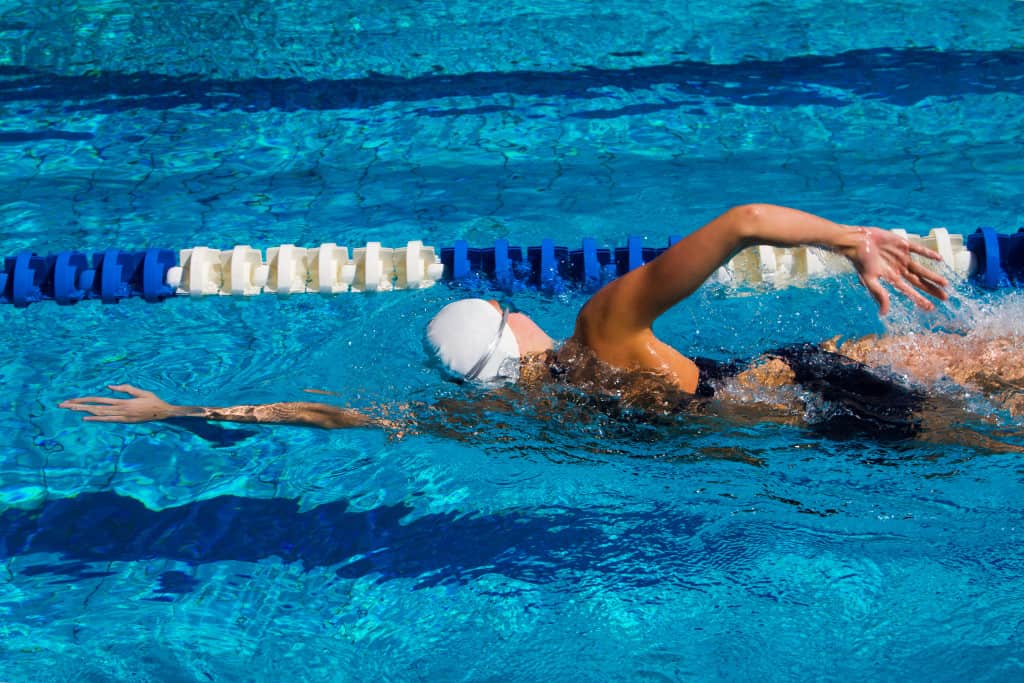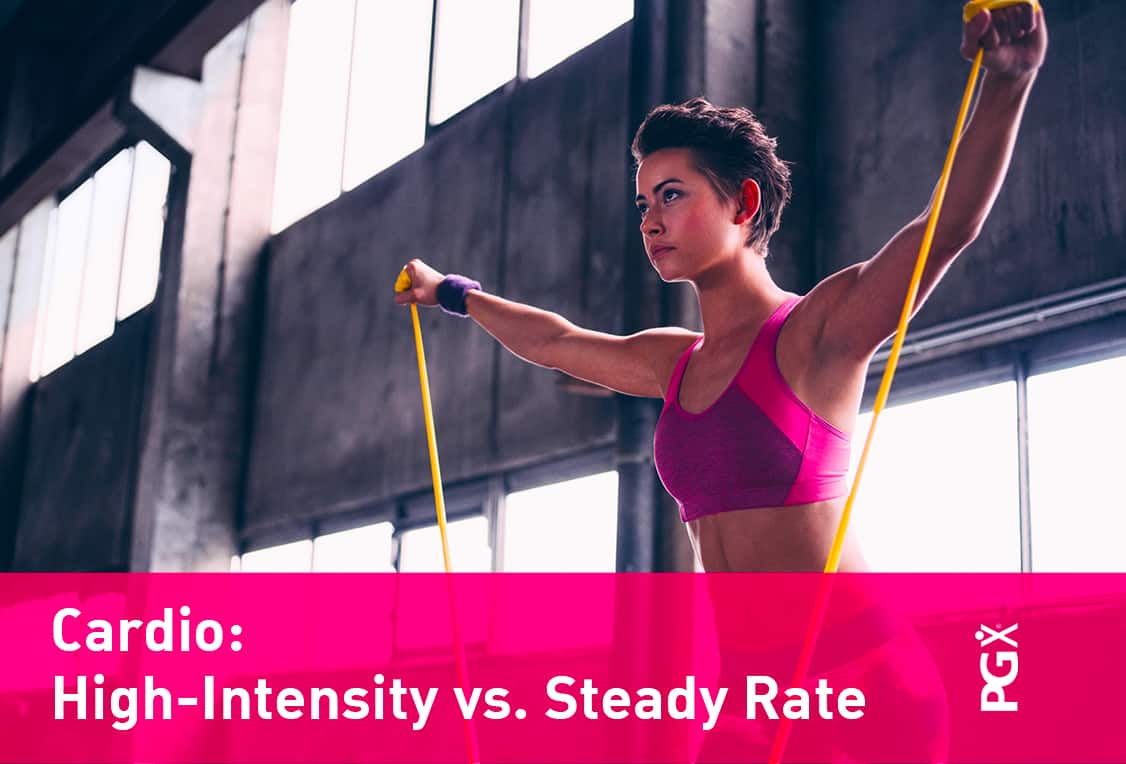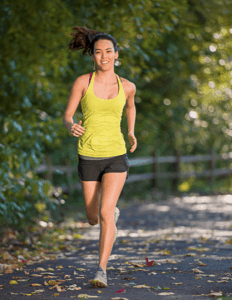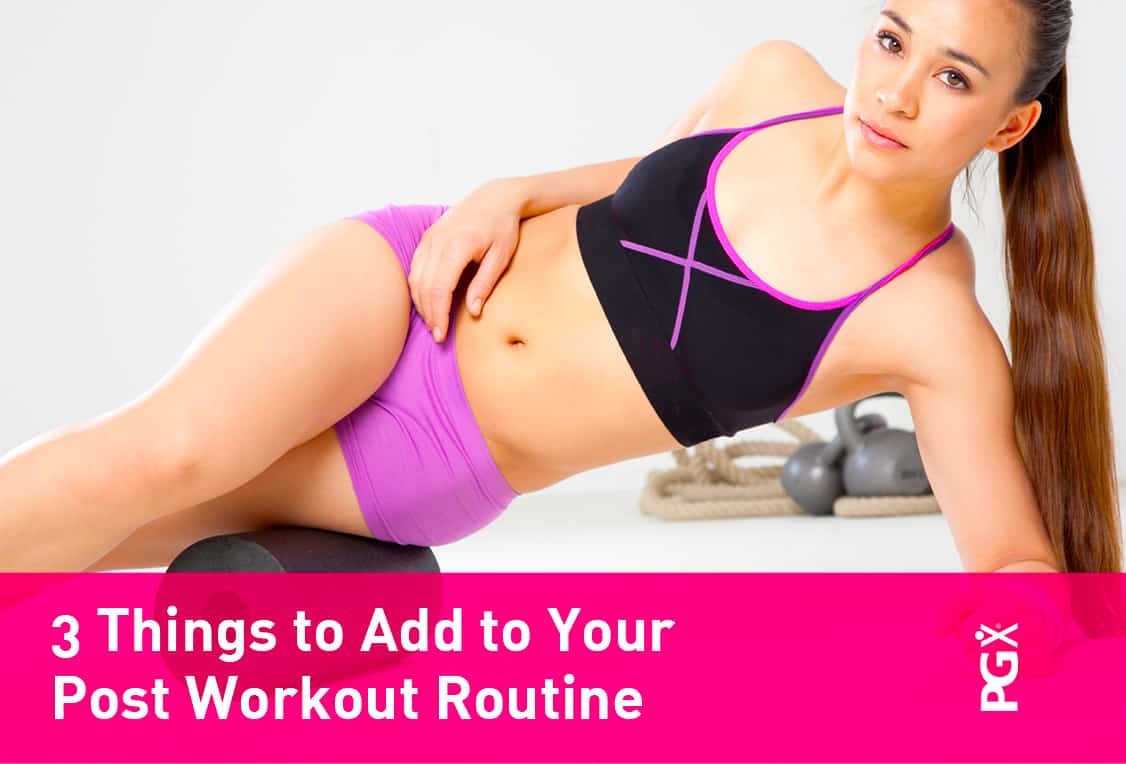
Feeling unmotivated? That’s okay! But it doesn’t mean you should pass up your workout. After all, exercise is one of the best motivators – you just need to get started.
Keep your fitness in check with these seven tips for working out when you lack motivation:
1. Crank Up the Tunes
It’s hard to resist moving to the beat of a great song. Keep a playlist of your favourite energizing tunes on hand to help get you pumped up to workout.
 2. Try a New Workout
2. Try a New Workout
When your regular workout just isn’t cutting it, opt for something new like a Zumba class, power walking, or challenging yourself to a 20-minute Tabata workout!
3. Watch a Sports Clip
There’s something inspiring about watching other athletes in action, so queue up a short clip of extreme surfers, sprinters, or ultra-endurance athletes and soon you’ll be out the door.
4. Schedule a Friendly Game
An hour playing beach volleyball, tennis, or soccer with friends sounds a lot more fun than working out – yet that’s exactly what you’re doing. The key is committing to the game ahead of time so that you’re accountable for showing up — even when you feel unmotivated.
 5. Envision Your Goal
5. Envision Your Goal
Research shows that visualizing your goal increases your motivation to reach it. Take a few minutes to envision how wonderful you’ll feel after your workout and how much fitter and stronger you’ll look after one month of regular exercise sessions.
6. Commit to Ten Minutes
Ten minutes of exercise sounds more appealing than 45. To get myself out of bed for early morning runs, my mantra is that I only need to put on my running clothes and run for ten minutes. If I don’t enjoy myself, I can go back to bed. But 99% of the time I keep going.
7. Reward Yourself
No matter your age, rewards are great motivators. The trick is to keep them healthy! Some possible rewards include a new book, a massage, or a Dark Chocolate *PGX® Satisfast™ Vegan Protein smoothie.
*Drink additional water (8 fl. oz.) after ingesting PGX. If you are taking medications, take one hour prior to or two hours after taking PGX.

